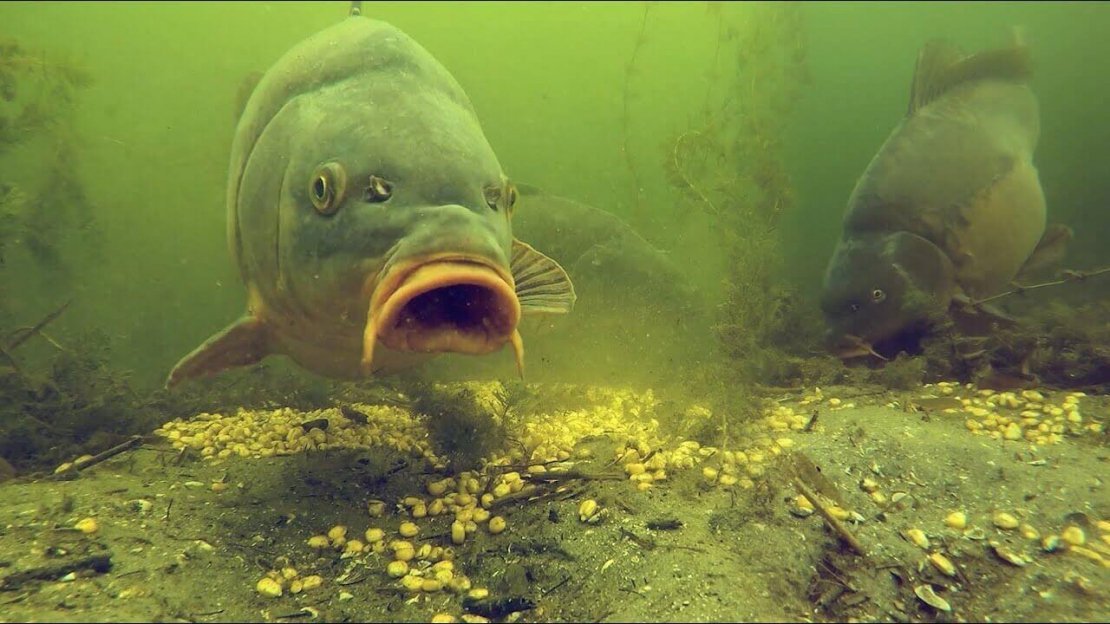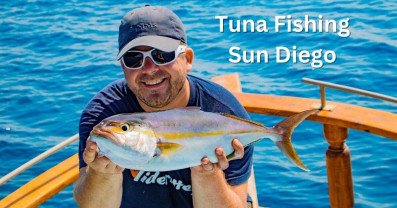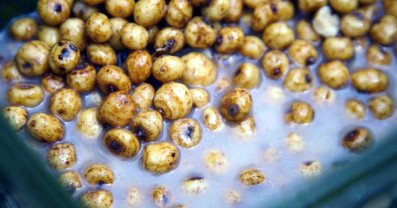Common Carp Fishing: Tips and Techniques
Carp fishing is a popular activity among anglers all over the world. With their powerful swimming ability and elusive nature, catching a carp can be a thrilling experience. In this article, we will discuss the ins and outs of common carp fishing and provide tips and techniques for successful angling.
Introduction
Carp fishing is a popular sport around the world, with many anglers seeking out the thrill of catching these elusive fish. While carp fishing may seem daunting for beginners, with the right techniques and gear, anyone can enjoy a successful day on the water.
In this article, we will provide a comprehensive guide to common carp fishing. We will cover the physical characteristics and behavior of common carp, the gear and baits needed for successful angling, and various fishing techniques that can be used to catch carp. Additionally, we will share tips for successful carp fishing and best practices for catch and release.
Understanding Common Carp
Before discussing fishing techniques and gear, it's important to understand the physical characteristics and behavior of common carp.
Physical Characteristics
Common carp are large, heavy-bodied fish with a distinctive gold or bronze coloration. They have a slightly arched back and a broad, flattened head with two pairs of barbels, or sensory organs. Common carp can grow up to 40 inches in length and weigh up to 40 pounds, although the average size is much smaller.
Habitat and Behavior
Common carp are native to Asia and Europe but have been introduced to waters all over the world, including North America. They prefer slow-moving or still waters such as lakes, ponds, and canals with soft, muddy bottoms. Common carp are omnivorous, feeding on a variety of aquatic plants, insects, and small animals. They are most active during the early morning and late evening hours, although they can be caught throughout the day.

Fishing Gear for Carp Fishing
Having the right gear is essential for successful carp fishing. Below are the key components needed for common carp fishing.
Rods and Reels
When it comes to carp fishing, a sturdy rod and reel are essential. A medium to heavy action rod, ranging from 9 to 12 feet in length, is ideal for carp fishing. The reel should have a strong drag system and hold at least 200 yards of line.
Line and Leader
When selecting line for carp fishing, choose a strong, abrasion-resistant monofilament or braid in the 10-20lb range. A leader made of fluorocarbon or monofilament can also be used to prevent line visibility and protect against sharp rocks and other hazards.
Terminal Tackle
Terminal tackle includes hooks, swivels, and weights. When fishing for carp, use size 4-8 hooks with a hair rig setup to present the bait naturally. A swivel can be used to prevent line twist, and weights can be added
to the rig depending on the fishing technique being used.
Bait Selection for Carp Fishing
Bait selection is critical for carp fishing success. Both natural and artificial baits can be used when fishing for carp.
Natural Baits
Carp are known to feed on a variety of natural baits, including corn, bread, maggots, worms, and boilies. These baits can be presented on a hair rig or with a traditional hook setup. It's essential to use fresh, high-quality bait for the best results.
Artificial Baits
In addition to natural baits, artificial baits such as plastic corn, imitation maggots, and boilies can also be used when fishing for carp. These baits can be more durable than natural baits and can be scented to attract carp.
Carp Fishing Techniques
There are various fishing techniques that can be used when targeting carp. The three most common techniques are bottom fishing, float fishing, and surface fishing.
Bottom Fishing
Bottom fishing involves presenting bait on or near the bottom of the water. This technique is most effective when fishing in deep water or near underwater structures such as weeds or rocks.
Float Fishing
Float fishing involves presenting bait at a specific depth using a float or bobber. This technique is effective for fishing in shallow water or when carp are feeding near the surface.
Surface Fishing
Surface fishing involves presenting bait on the water's surface. This technique is used when carp are actively feeding on insects or other surface prey.
Tips for Successful Carp Fishing
Successful carp fishing requires more than just gear and technique. Here are some additional tips for increasing your chances of catching carp:
Location
Carp are more likely to be found in slow-moving or still waters with a soft, muddy bottom. Look for areas with underwater structures such as weeds, rocks, or logs where carp may be feeding or seeking shelter.
Weather Conditions
Carp are more active during warm, stable weather conditions. Overcast days can also be good for carp fishing as they may be more willing to venture out of hiding.
Time of Day
Early morning and late evening are the most productive times for carp fishing. However, carp can be caught throughout the day, so don't be afraid to try fishing at different times.
Stealth and Patience
Carp have a keen sense of hearing and can be easily spooked by loud noises or sudden movements. Approach the water quietly and avoid making unnecessary noise or movement.
Strike Detection
Carp can be subtle biters, and it's essential to be able to detect when a fish is on the line. Use a sensitive rod and pay attention to any movements or changes in the line.
Catch and Release Best Practices
When catching carp, it's essential to practice catch and release best practices to protect the fish population. Use barbless hooks to minimize injury to the fish, and handle the fish carefully to avoid causing harm.
Conclusion
Carp fishing can be a thrilling and rewarding experience when done right. By understanding the physical characteristics and behavior of common carp, selecting the right gear and bait, and using the proper fishing techniques, you can increase your chances of catching these elusive fish. Remember to practice catch and release best practices to protect the fish population and ensure future fishing opportunities.
Question for an angler

- Team "VCC-Carp Pro Kyiv"
Is the color of fishing line important for catching carp in spring?
Doesn't matter. The color is designed for the angler to see.
Source: https://www.youtube.com/watch?v=NUHqtecXFoU
FAQs
Do I need special gear for carp fishing?
A: Yes, a sturdy rod and reel, strong line and leader, and terminal tackle are all necessary for successful carp fishing.
What is the best bait for carp fishing
A: Carp will eat a variety of natural and artificial baits, including corn, bread, maggots, worms, and boilies. Experiment with different baits to see what works best in your local fishing spot.
What is the best time of day for carp fishing?
A: Early morning and late evening are the most productive times for carp fishing, but carp can be caught throughout the day.
How can I tell if a carp is biting?
A: Carp can be subtle biters, so it's important to use a sensitive rod and pay attention to any movements or changes in the line.
What is the best way to handle a caught carp?
A: Use barbless hooks and handle the fish carefully to avoid causing harm. Wet your hands before handling the fish, and support the fish's body when lifting it out of the water.



